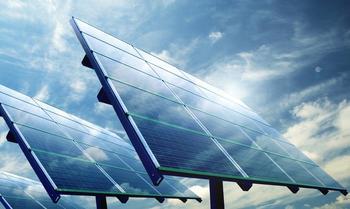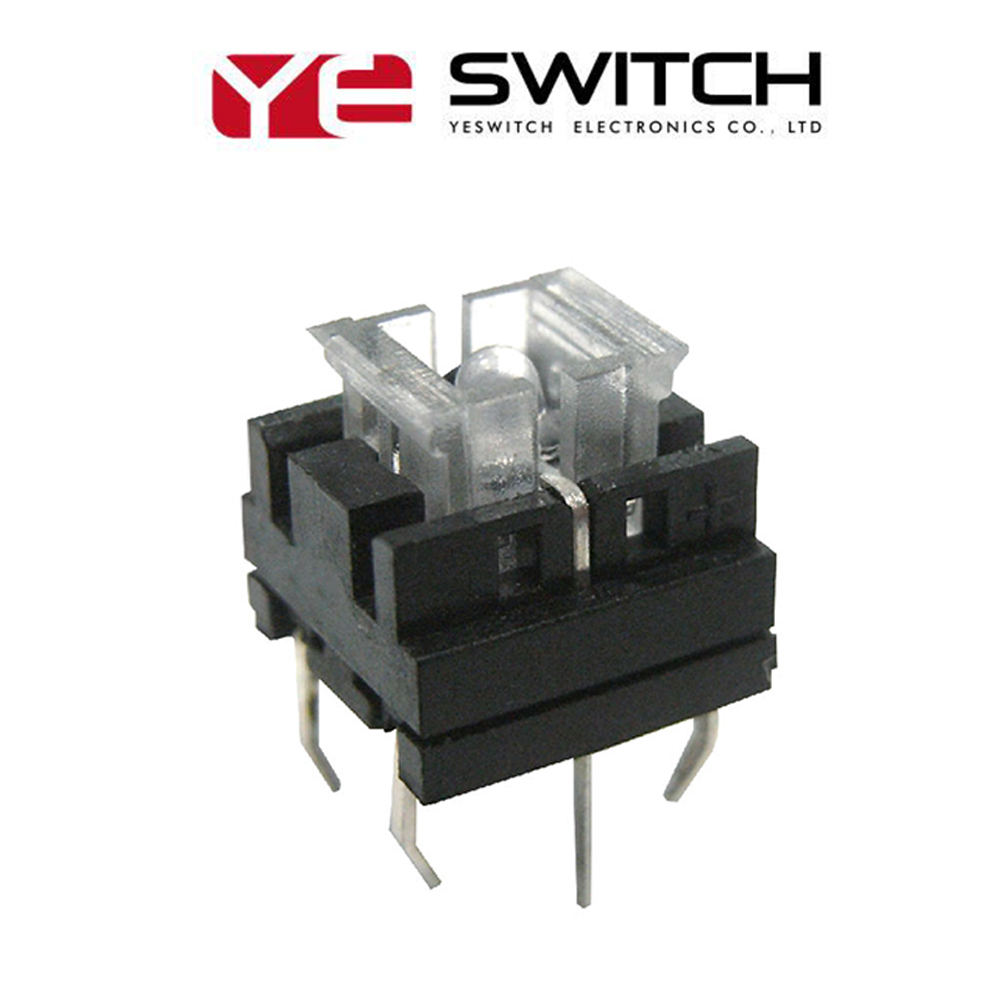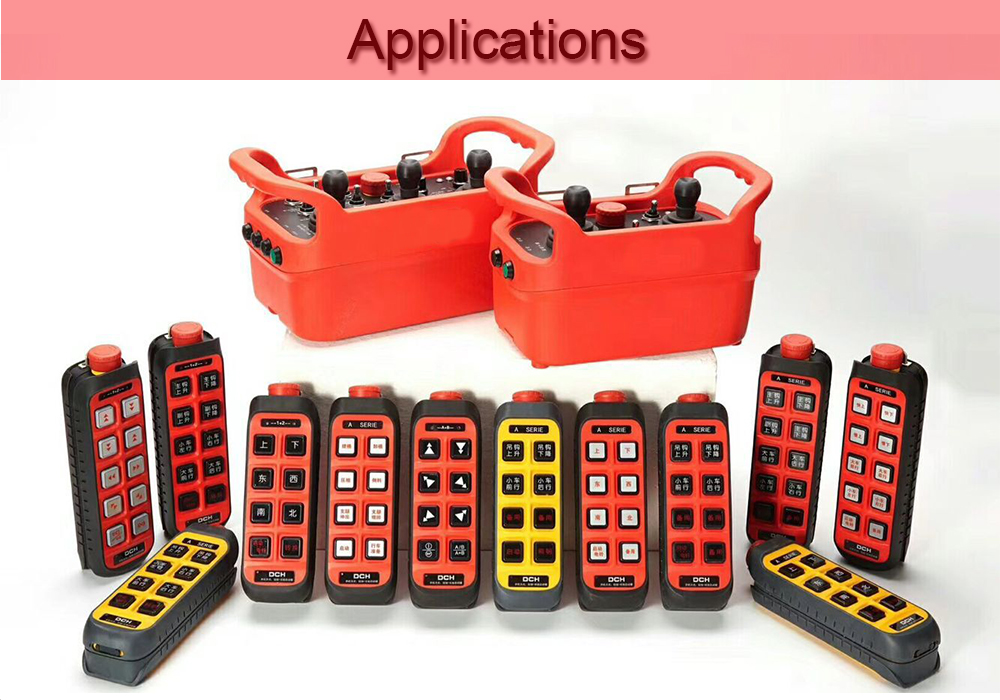 On July 17th, a Jiangsu photovoltaic company executive close to the Chinese negotiating team told reporters. "For China's price commitment negotiations on photovoltaic products, China and the EU are still negotiating, but they are deadlocked. The two sides have not reached a consensus on the price and export volume."
On July 17th, a Jiangsu photovoltaic company executive close to the Chinese negotiating team told reporters. "For China's price commitment negotiations on photovoltaic products, China and the EU are still negotiating, but they are deadlocked. The two sides have not reached a consensus on the price and export volume." The specific content of the “price commitment†negotiations is: China promises that photovoltaic products exported to Europe will not be lower than a certain minimum price and set a specific time limit; China promises to limit the components exported to Europe every year to a certain scale. In exchange, the EU will not take anti-dumping measures against Chinese PV products.
The price commitment negotiations between China and the European Union in the field of photovoltaics started after the European Union introduced the preliminary anti-China PV products on June 4th, and reached the first round of negotiations on June 10 to reach a framework for the settlement of price commitments; 6 On the 21st of the month, the second round of negotiations began in Brussels, Europe. The Chinese delegation was mainly the Ministry of Commerce and the China Chamber of Commerce for the Import and Export of Mechanical and Electrical Products (hereinafter referred to as the “Mechatronics Chamber of Commerceâ€).
The second round of price-compensation talks was originally scheduled to end on June 28, but the two parties have not yet made progress. The EU Trade Commission has extended this for two weeks. The major difference in the negotiations lies in the fact that the European side believes that China should raise the export price to 0.6-0.65 euros/watt, while the Chinese proposal is a 0.5-0.55 euro/watt bottom line.
However, at present, many companies have expressed their optimism about the prospects of price-commitment negotiations, and have commented with their feet. The solar giants such as Yanhui Sunshine (NYSE: SOL), Comtec, and China Light Power PV have successively Go abroad to set up factories.
Yan Huiguang CEO Li Xianshou is pessimistic about the “price promise†negotiations. In its view, the greater interest in "price promise" negotiations is the game between China and the European Union. "The EU is sure to talk to China about other aspects of business, such as the opening up of the banking industry. National-level negotiations are the core."
Price Commitment Negotiations
A European Commission document dated July 12 issued by Reuters shows that during the price commitment negotiations, China hopes that any relevant agreement will need to expire by the end of 2014 and that the wafers should not be subject to taxation. And any restrictions on the EU's PV products imported from China should be very slight.
The document said that the EU believes that these Chinese requirements are "difficult to achieve." However, John Clancy, trade spokesman for the European Commission, declined to comment on the document, saying that only the highest level of negotiations between the parties is continuing to find a solution.
The price commitment negotiations must be negotiated before August 6. If the parties fail to reach a solution, the EU will increase the anti-dumping tariff rate on Chinese PV products from the current 11.8% to 47.6%, and the final ruling will be in December. Make it.
A photovoltaic company in Jiangxi said frankly that the price currently maintained by the Chinese negotiating team is a scheme submitted by 66 companies, that is, the bottom line of component prices is mostly between 0.5-0.57 euros/Watt. "These plans are submitted before June 10th. Go up."
“The price floor has not changed at the moment. The Chinese side did not make concessions.†The above-mentioned Jiangsu PV company executives revealed that if the Chinese side concedes, the negotiating team will negotiate with the photovoltaic companies, but at present the company has not received the price concessions from the negotiating group, and the company’s This price is also the clearance price after the product reaches the EU.
At present, the prices of self-produced PV modules in EU member countries are in the range of 0.6-0.7 EUR/W. The current price quota for Chinese PV companies is generally 0.5-0.54 EUR/W, which is the price of Chinese companies in EU member countries.
Outside the price, the two sides also conducted consultations on the scale of exports. According to reports, China proposes that the total amount of photovoltaic modules exported to the EU per year should not exceed 10 GW, and no taxation or undercollection should be carried out within 10 GW. Some of the over 10 GW components are levied according to relevant regulations.
Wang Xinghua, chairman of Zhongsheng Optoelectronics Group, told reporters that if the final price promises a successful negotiation, the import quotas obtained from the EU will be allocated by the various companies on the basis of the proportion of legal fees.
Marine Peripherals Plant Progress
However, many companies are pessimistic about the outcome of price commitment negotiations.
“The message we have communicated with European dealers is that the EU does not want to talk to you at all. It is just that the pressure from the Chinese side is too great.†According to an analysis by the above-mentioned PV company, the EU either wanted to delay the negotiation on August 6th. Before the final ruling, the anti-dumping tax rate will be lowered again.
In its view, companies will be imposed 47.6% of punitive tariffs after August 6, which is no longer competitive with local companies. “Before the final ruling, the tax rate will be adjusted to 30%, and there will be a psychological comfort from 47.6% to 30%,†but the price is only equal to or slightly higher than that of the EU manufacturers and is no longer competitive.
Under the EU's dual-contrary to China PV, domestic photovoltaic products began to appear as large-scale returns by European suppliers - traders are still worried that the EU will impose high punitive tariffs on August 6. Take Zhejiang as an example. Since July of last year, seven photovoltaic companies in Zhejiang province have suffered a total of 10 batches of returns, amounting to over US$3.3 million.
Under the background of the EU’s proposal of a double-stick decline and a negative appraisal of the prospects for price-compensation negotiations, domestic photovoltaic companies such as Yanhui Sunshine, CLP, Yingli, and Tianhe have already or will soon set up factories overseas, and Yan Huiguang has already There are more than 40 foundries overseas.
As a domestic photovoltaic single crystal silicon wafer faucet plant, Comtec announced in July that a new Malaysia plant with an investment of 400 million yuan and a planned annual production capacity of 1 GW will be completed by the end of this year. The resulting reduction in production capacity at the Shanghai base will follow. In the future, the company will use the new plant in Malaysia as a production center.
The Tact Switches, also called theTactile Push Button Switches, is used to meet the operating force to apply pressure to the switch operation direction. The switch function is closed and closed. When the pressure is released, the switch is opened, and the internal structure is realized by the force change of the metal shrapnel.
The Momentary Tact Switches has the advantages of small contact resistance, precise operating force error, and diversified specifications.We have a variety of Mini Tact Switches, including TK series, BP Series and other series. This Tactile Button offers many options on the item of circuit, comprising a single pole, single throw switch, or a single pole, double throw, double action switch.

This Push Button Switches that is PCB mounted and has a long travel. The distinctive feature is the double action of the double throw switch; It will actuates when press mid-travel and , then continue pressing for another actuation at full travel.
The applications of this Led Light Switches is including Audio and video products, digital products, remote controls, communication products, household appliances, security products, toys, computer products, fitness equipment, medical equipment, counterfeit pens, laser pointers, etc.

Tact Switches
Micro Switches,Mini Switches,Micro Limit Switch,Micro Switches Types
YESWITCH ELECTRONICS CO., LTD. , https://www.yeswitches.com